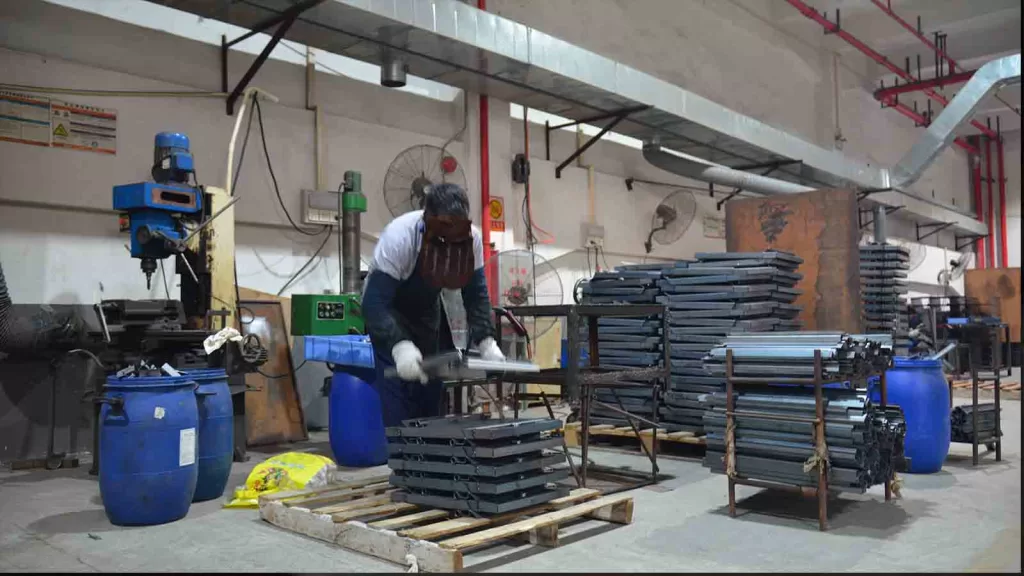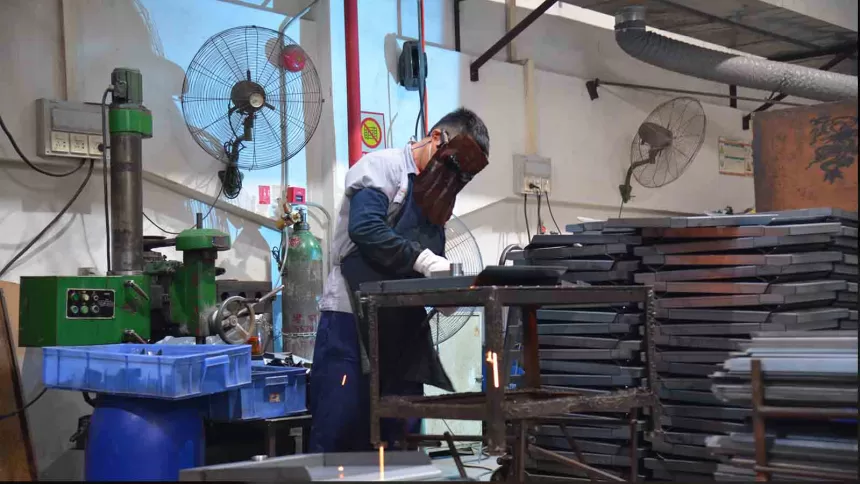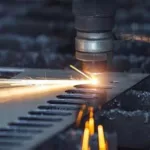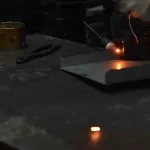Since the welding industry is constantly evolving with new technologies and emerging methodologies, even the most experienced master welder needs to look up information regarding welding practices from time to time. If you are just starting your welding career and learning about welding, you made the right choice to research the most common welding mistakes.
Top 10 Mistakes Made by Beginner Welders
Welding Town

THE MOST COMMON BEGINNER MISTAKES:
1. Not Welding Safely
Safety is always the highest priority on a welding job site – a worker can always repair a piece of equipment or grind out a weld and re-weld a joint. But a personal injury can be permanent. Hazards in welding can include burns, arc burns, hearing loss, dismemberment, and loss of eyesight. All of these hazards are taken very seriously in the industry. This is why there are plenty of product offerings to choose from in the personal safety category.
2. Not Using the Correct Welding Process
Whether you are a seasoned professional who works in a fabrication shop or as an HVAC technician, or if you are simply a beginner who is starting to explore different metal joining technologies, at some point we all have become curious about the different kinds of metal joining technologies. One mistake that beginner welders make is using an incorrect welding process. In certain instances, it is challenging to determine which welding process to choose. One of the more common mistakes with beginner welders is not knowing which process to use. There are volume of information regarding the differences between different welding processes.
3. Not Becoming Comfortable During the Weld
A common mistake with beginner welders happens when they strike an arc to begin their welding. They may tense up in the beginning. This happens when trying too hard to concentrate on the bead. Their welds then turn out unsatisfactory afterward. This can be challenging to master. The welder must first recognize how comfortable or uncomfortable he or she may be. But being comfortable during your welding is very important in order to achieve high-quality welds. Being able to relax allows you to better focus on things like your weld puddle, your filler dipping technique, or your heat-affected zone.
4. Not Preparing the Base Material Well Enough
Probably the most common mistake that beginner welders make is not preparing the base material well enough prior to starting the weld. Preparing your material prior to welding is always very important to do correctly. Ferrous metals such as cold-rolled steel do not require significant cleaning, but aluminum materials require thorough cleaning.
5. Giving Up After Welding Failures
You have probably heard this throughout your life, but don’t give up! Welding is quite difficult to get just right. And beginner welders are going to make lots of mistakes just starting out. The way to mitigate this issue is through practice. This might be as obvious as it sounds, but in the case of welding, it is extremely true. Welding aluminum and welding in general is no less than an art form. There are numerous conditions which you must be aware of while you are under your helmet, welding. Experience and skill will tell you how to fix many of these issues on the fly.
6. Not Preparing Properly for the Weld
It’s one of those beginner welding mistakes that often happen: the metal isn’t prepared correctly before the welding starts. These mistakes include but are not limited to failing to grind out cracks or not removing contaminants such as rust, dirt, and paint. Surface contaminants can result in a weakened weld, and small cracks will end up as large ones over time if they are not ground out. In order to properly prepare for your weld, it’s important to have the proper welding accessories on hand.
Bottom line: If you want the strongest possible weld, clean, and grind the metal before you do any welding.
7. Selecting the Wrong Electrode and Wires
Another one of those welding basics is to choose an appropriate electrode and wires, no matter which welding method you choose. Different applications require a specific electrode, so picking the wrong one is bound to lead you into trouble.
It’s also a good idea to take proper care of electrodes and wires by storing them in sealed containers to keep moisture out. When an electrode has moisture, rust, oil, or any contaminant, it could end up producing too many sparks or not work at all. Solution: Choose the right electrode and electrode accessories for the job, and store them correctly. Do not use an electrode that is wet or has any foreign material on it.
8. Not Having Sufficient Practice
Among the top beginner welding mistakes is taking on a difficult welding job without having practiced on a piece of scrap metal first. Even though you might have a welding certification, it’s always recommended that new welders continue practicing like this for a considerable amount of time until they become proficient.
There is no argument that welding videos, books, and courses can give you the welding basics, but they can’t prepare you for the stumbling blocks you will encounter in the real world of welding.
Look at welding in terms of a sport—golf, for instance. You can watch several golf tournaments and see how the pros grip their clubs, address the ball, and swing to make the perfect shot. Now, take everything you have learned from watching golf on TV out to the course and try to replicate it. You will likely end up looking foolish!
Welding is not golf, but it does require the same practice and dedication that the pros put into their craft. The best advice to avoid common welding mistakes is to practice! Practice! Practice!
9. Choosing the Wrong Size Gun
Some beginner welding mistakes can be costly. For example: If you use a welding gun that has a too-low or too-high amperage, you could end up with the additional expense of buying new equipment. Using a lower amperage gun on a higher amperage application, for instance, could result in several issues that include premature failure, additional overhead, and increased long-term costs.
A critical step in preventing a gun from overheating is to choose one with enough duty cycle and amperage capacity. If the application requires you to weld at 300 amps all day–and you use a 200-amp gun with a 30 or 40 percent duty cycle—you’re asking this gun to do something beyond its capabilities, which will result in overheating and a shorter life for the gun.
Avoid this problem by choosing a gun size to match the task. Also, take regular breaks to let the gun and consumables cool, which will help to avoid an overheated gun.
10. Allowing the Arc to Strike Out of the Work Area
One of the potentially dangerous beginner welding mistakes is allowing the arc to strike away from the work. An experienced welder always strikes the arc where the weld is to begin or in the crater on an existing bead. Even though this mistake is unintentional, it happens because the welder’s focus is not where it should be. And that lack of focus could have dire consequences.
There is a story about a welder who used a supposedly empty container for a welding table. He struck the arc on the drum, which had some lingering vapors inside. The explosion that followed propelled the heavy plate on which he was working on to his head, killing him instantly.
Always position your rod exactly where you want to start. If you are using an old-school hood, nod your head and strike the arc. The more you practice this, the better you’ll get!












